Photo Essay: Nancekuke, by Michael Crocker
/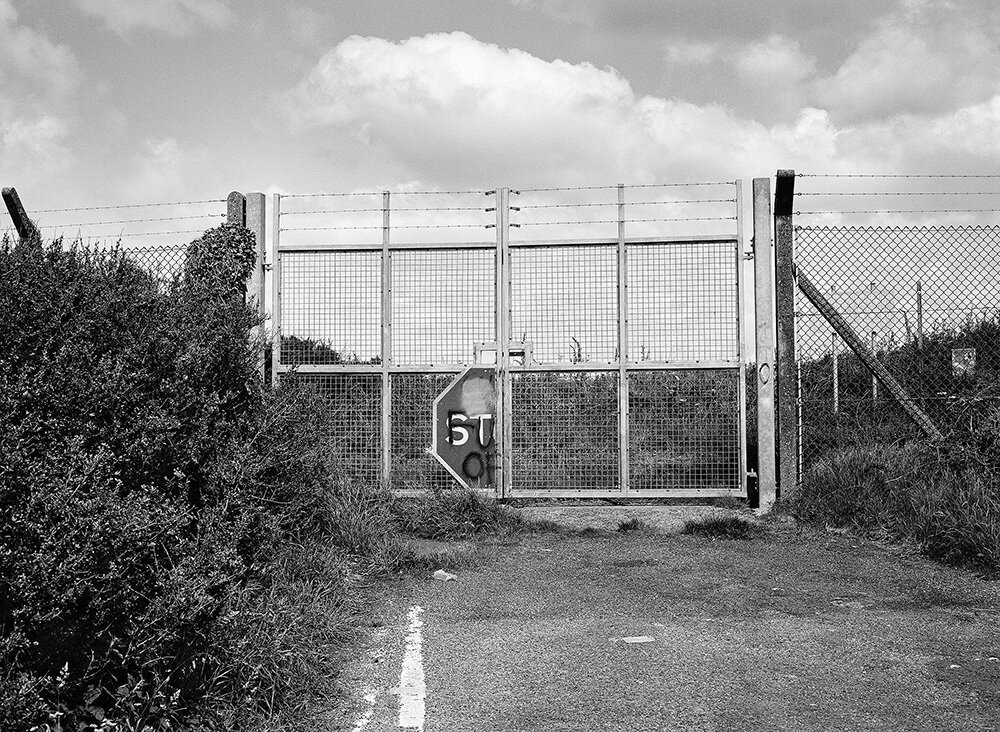
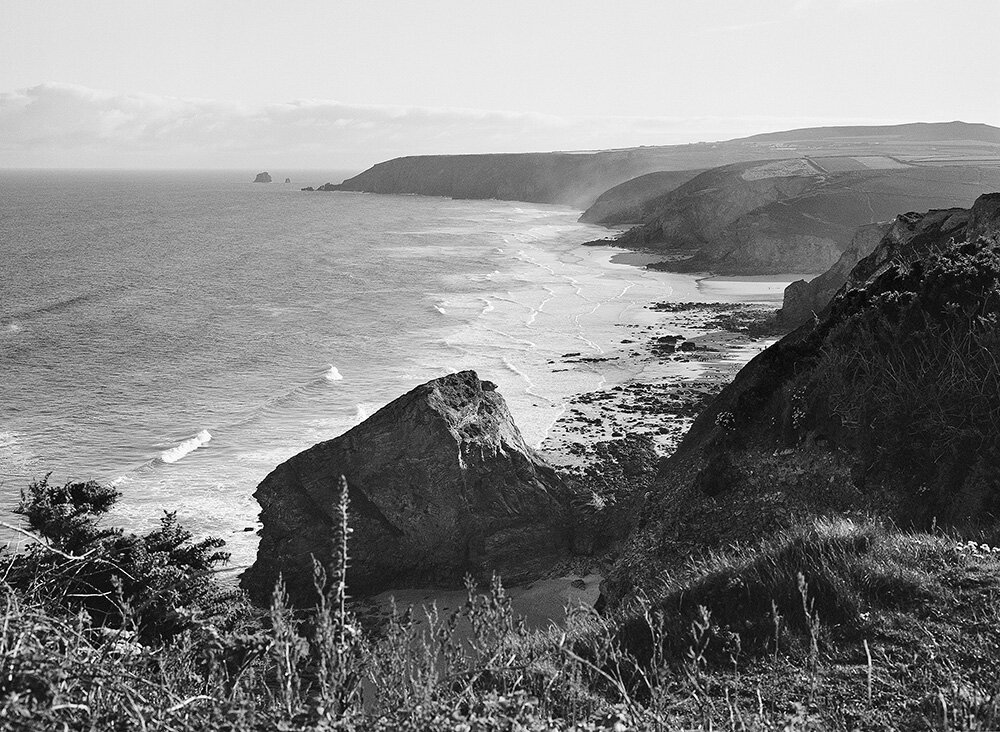
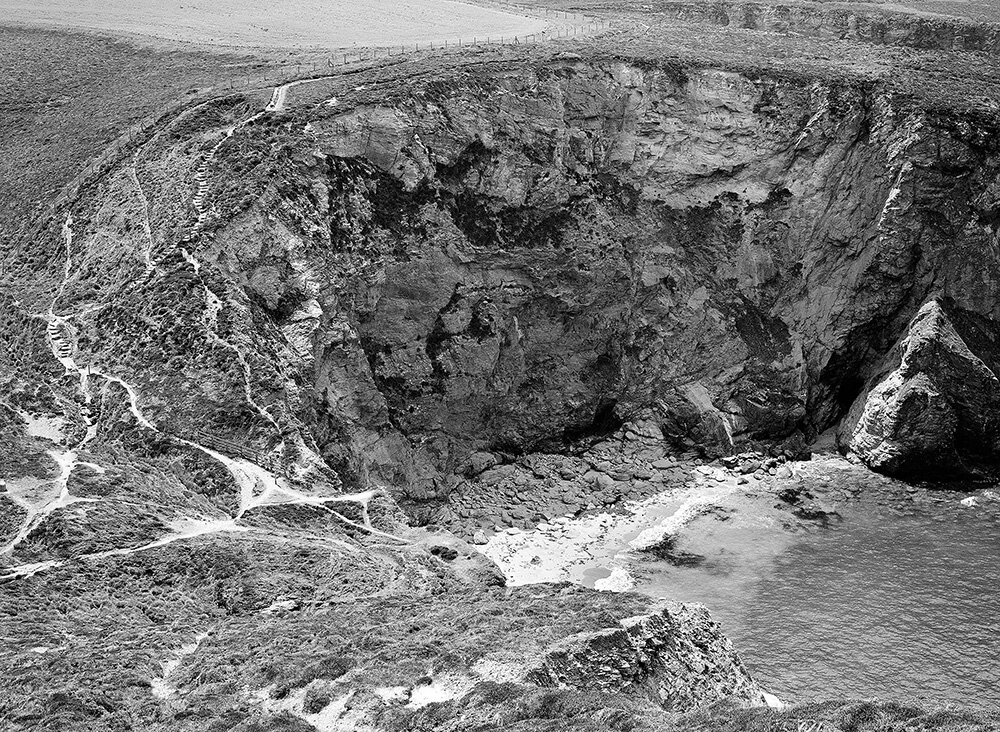
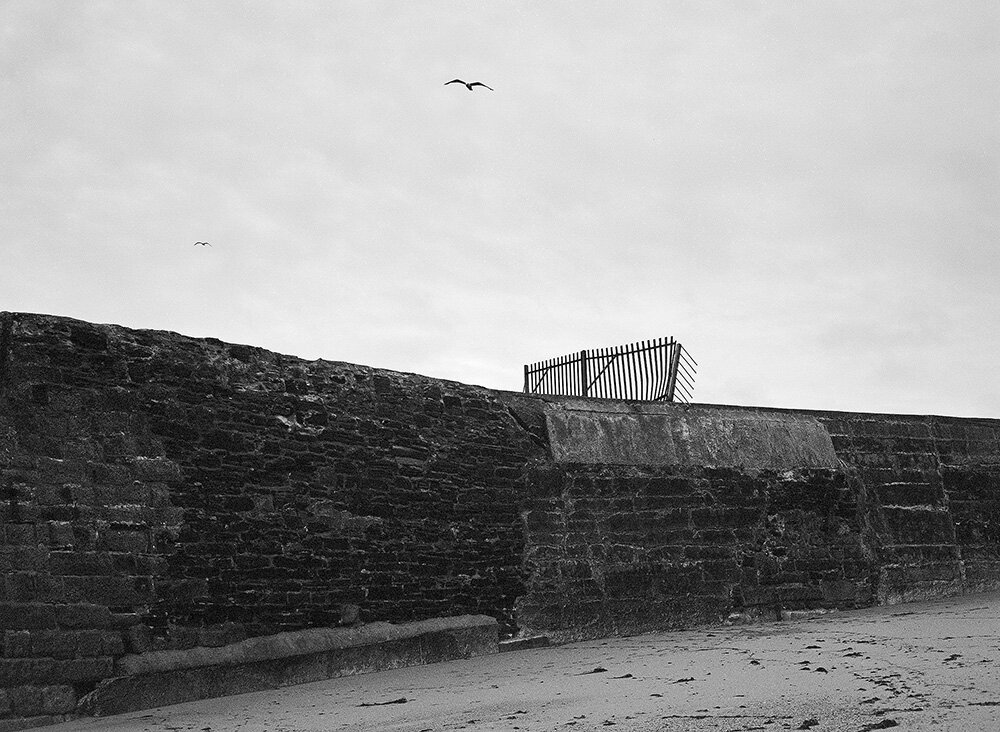
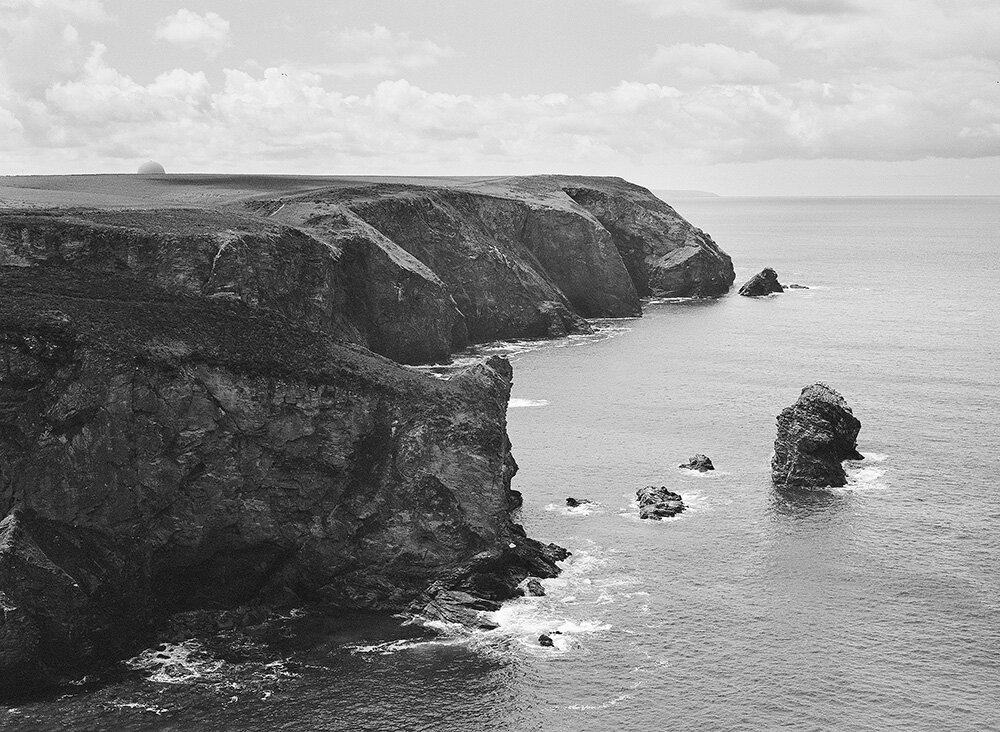
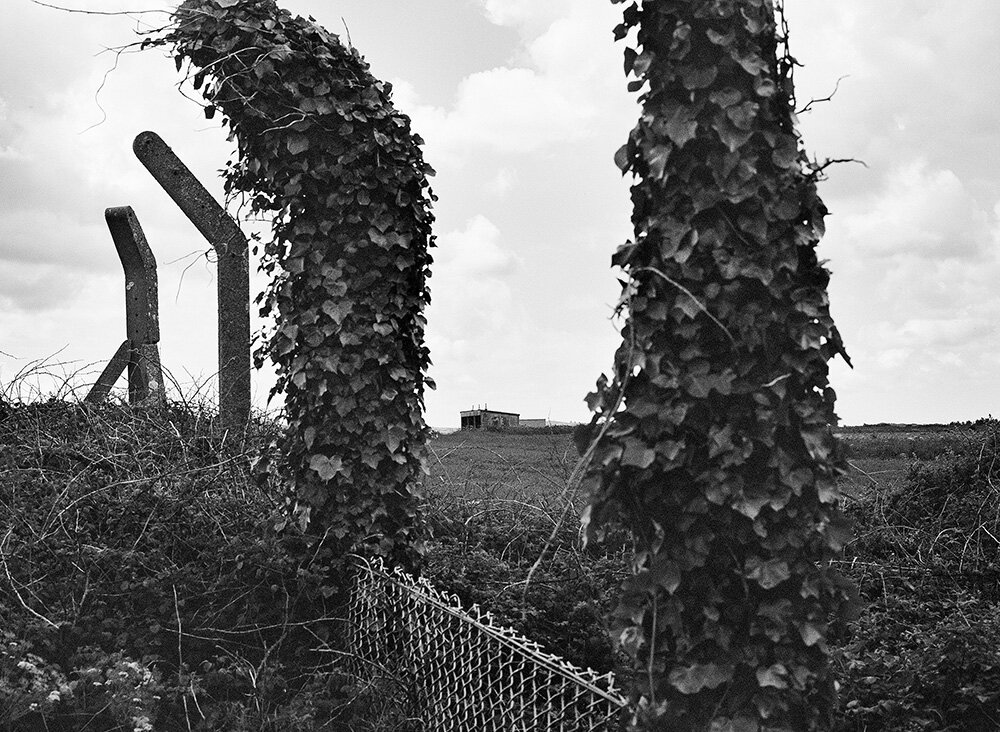
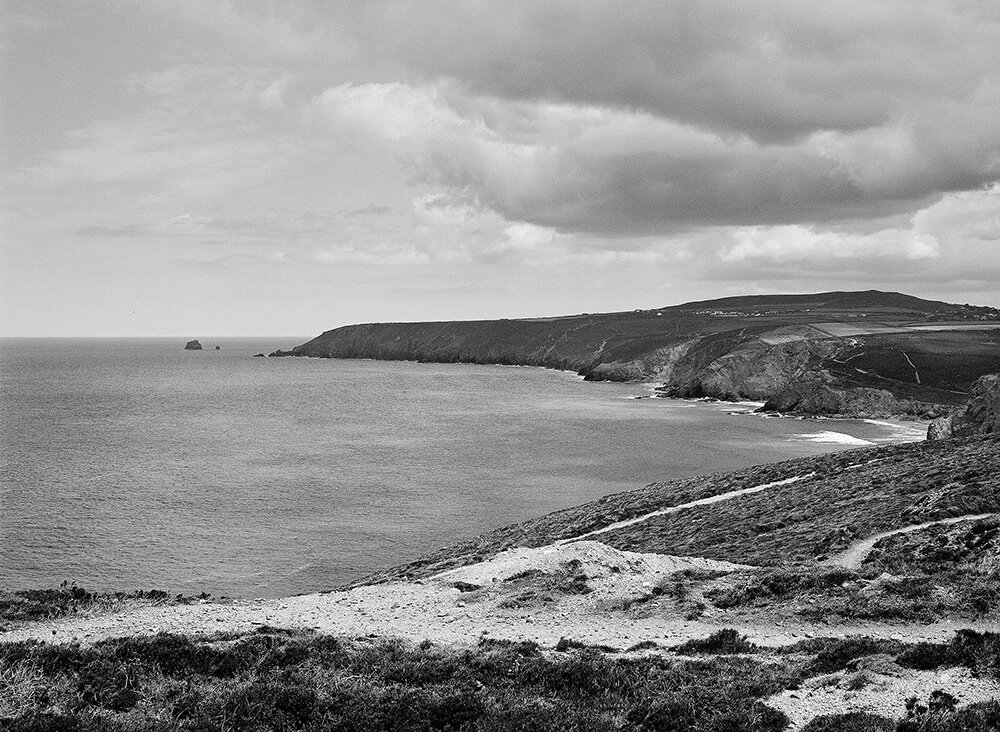
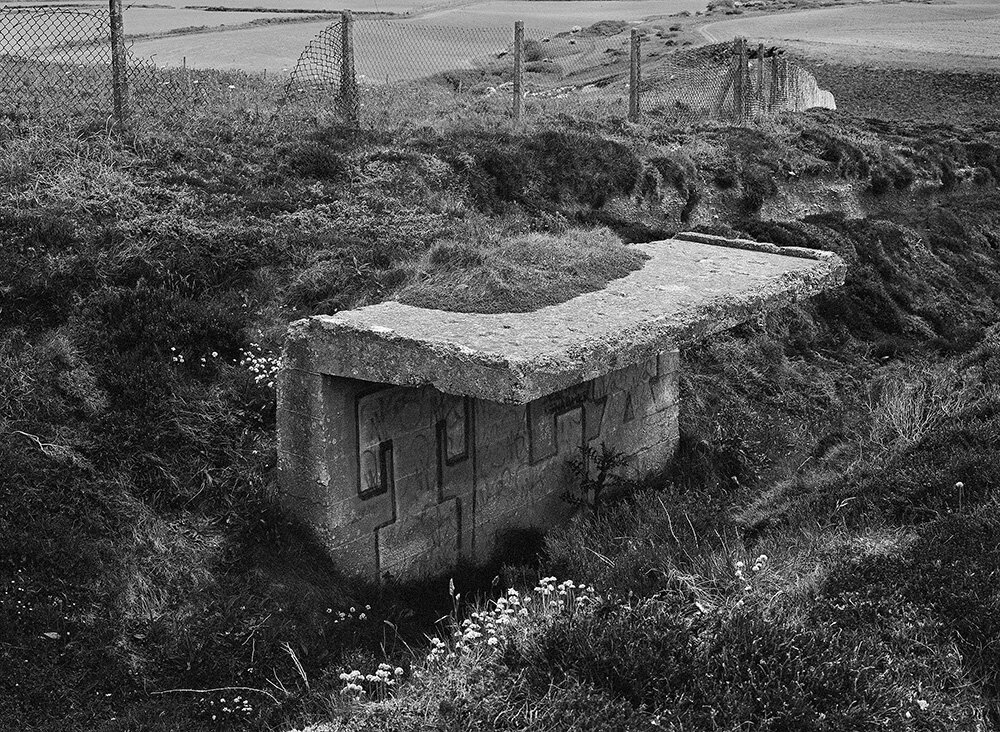
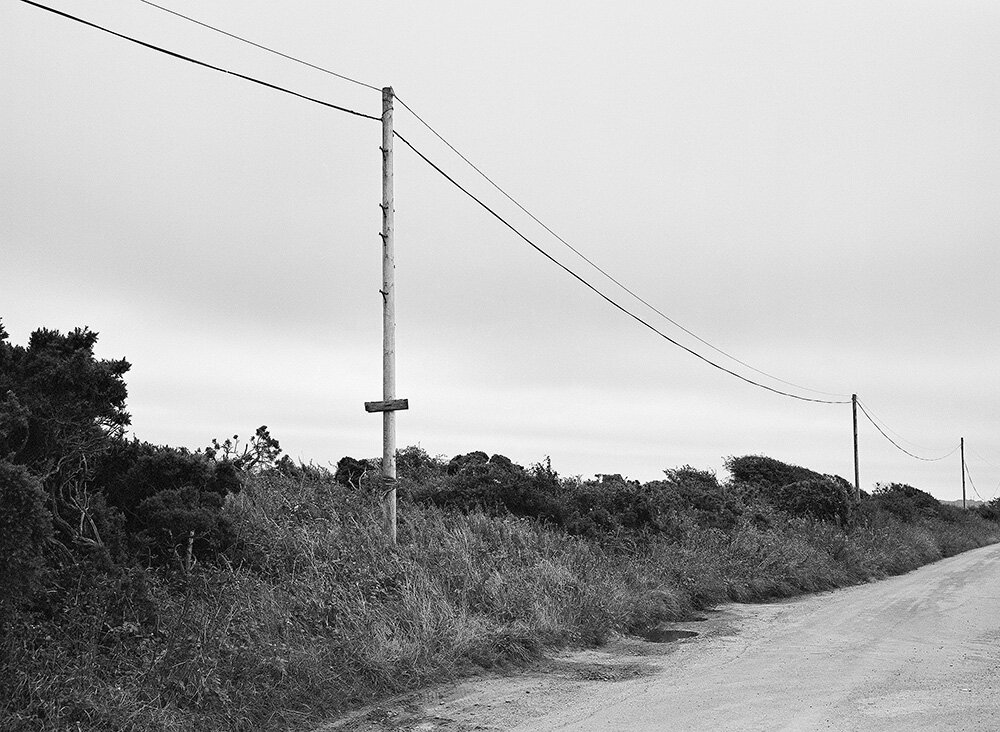
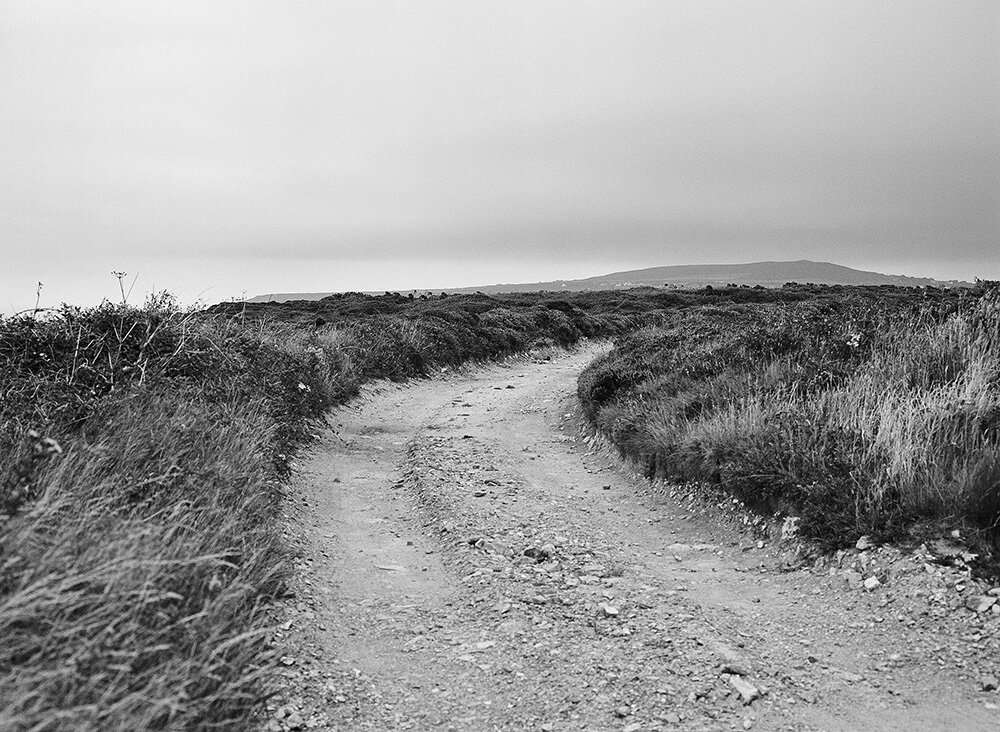
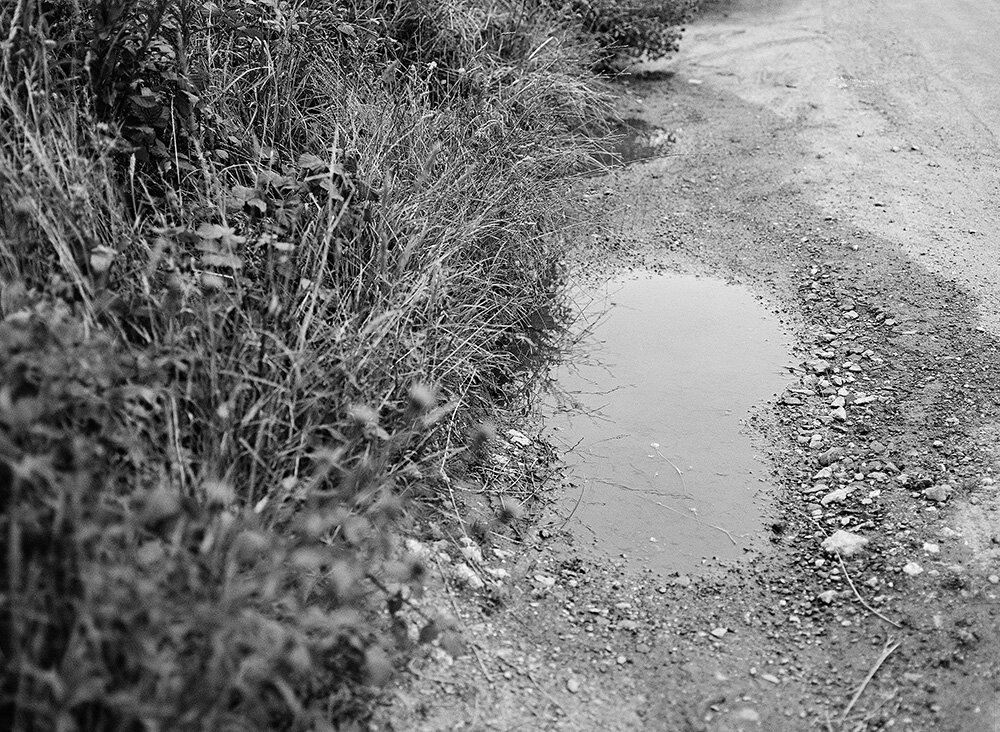
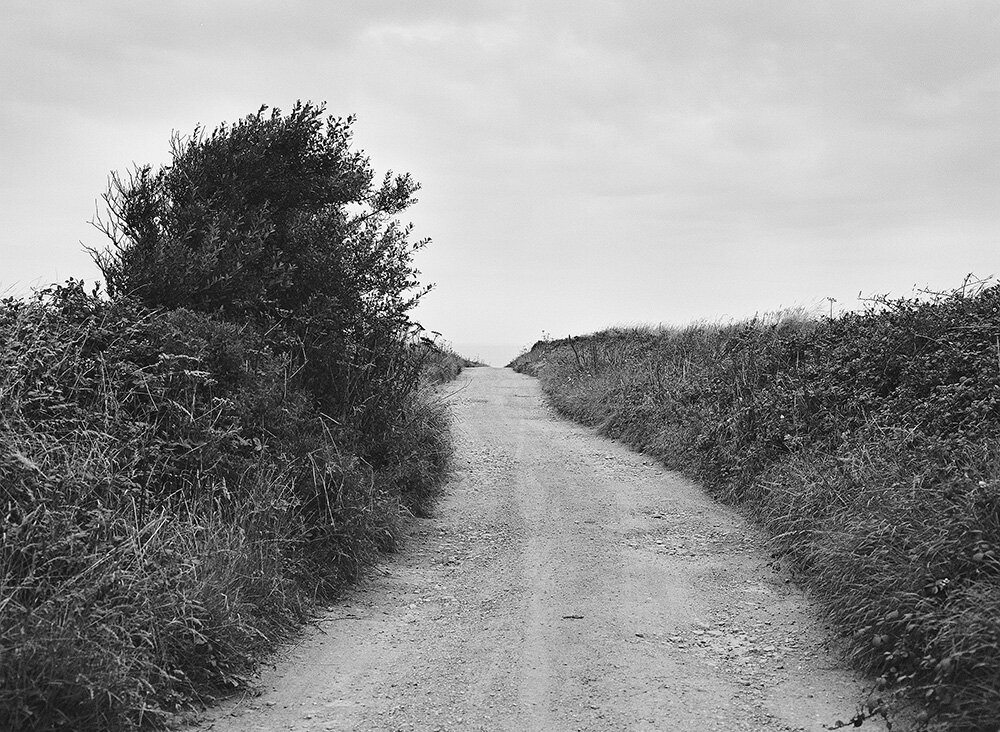
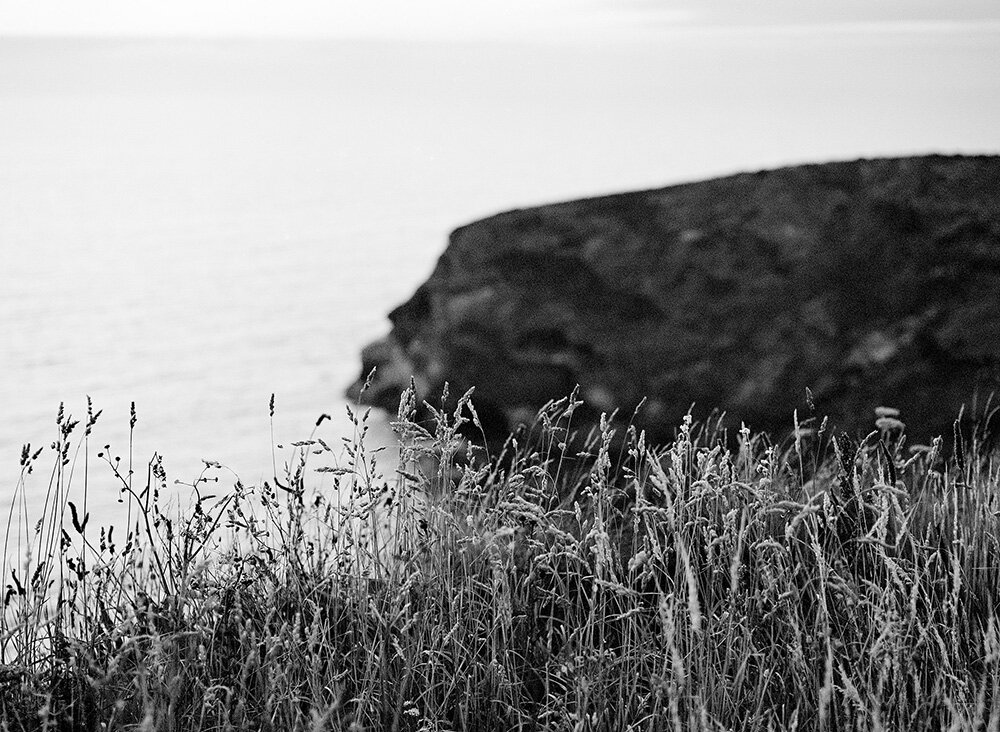
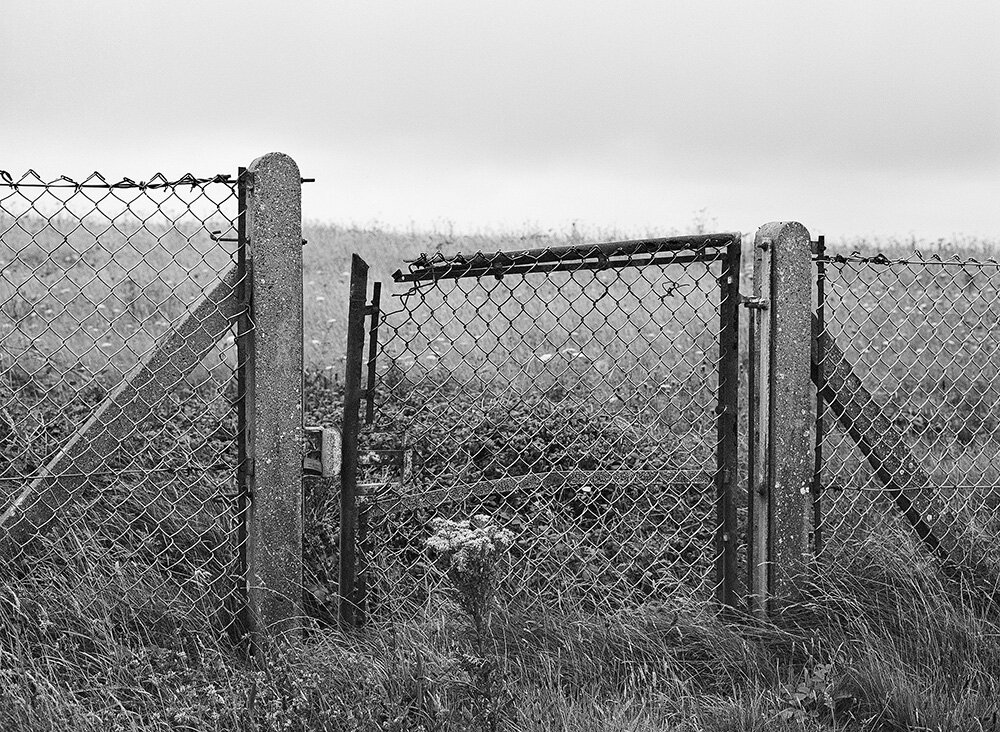
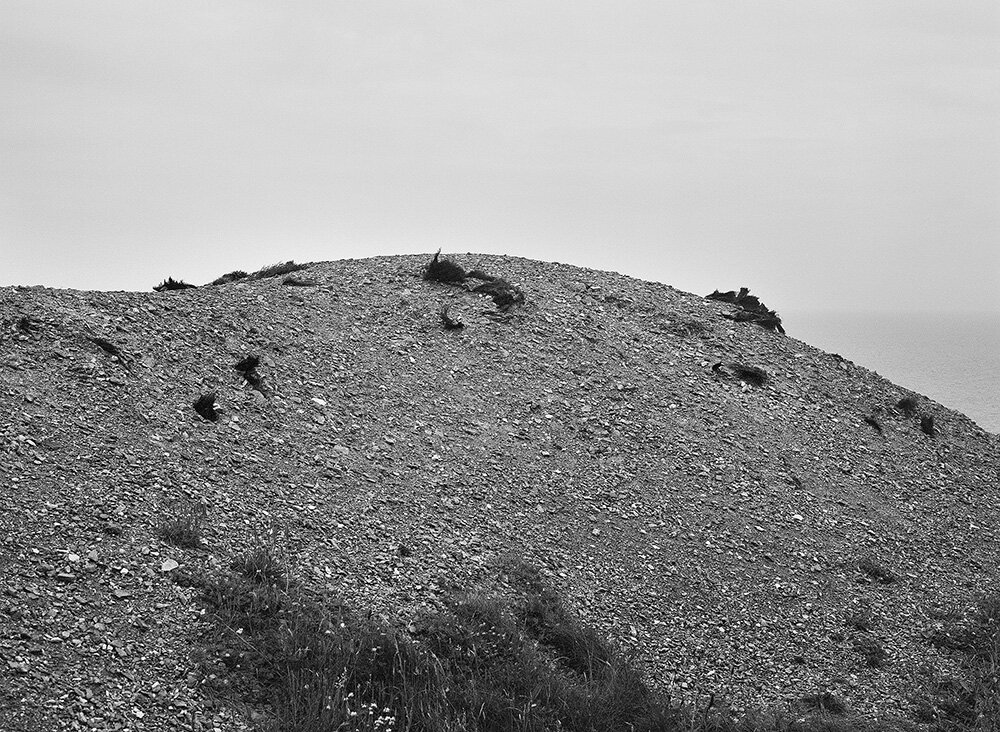
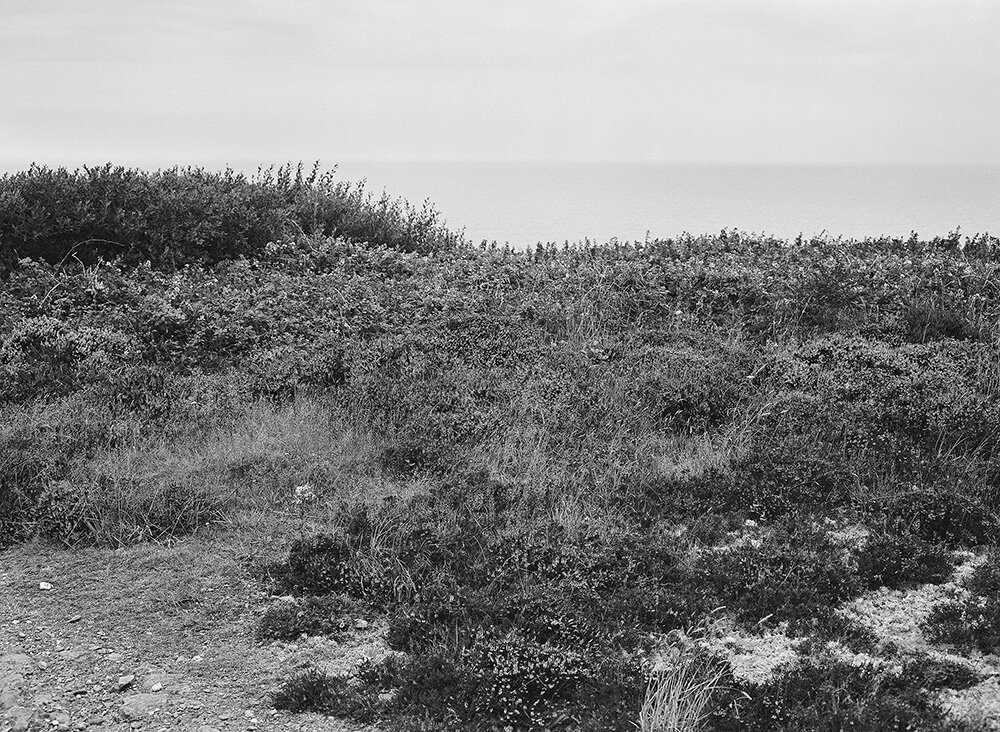
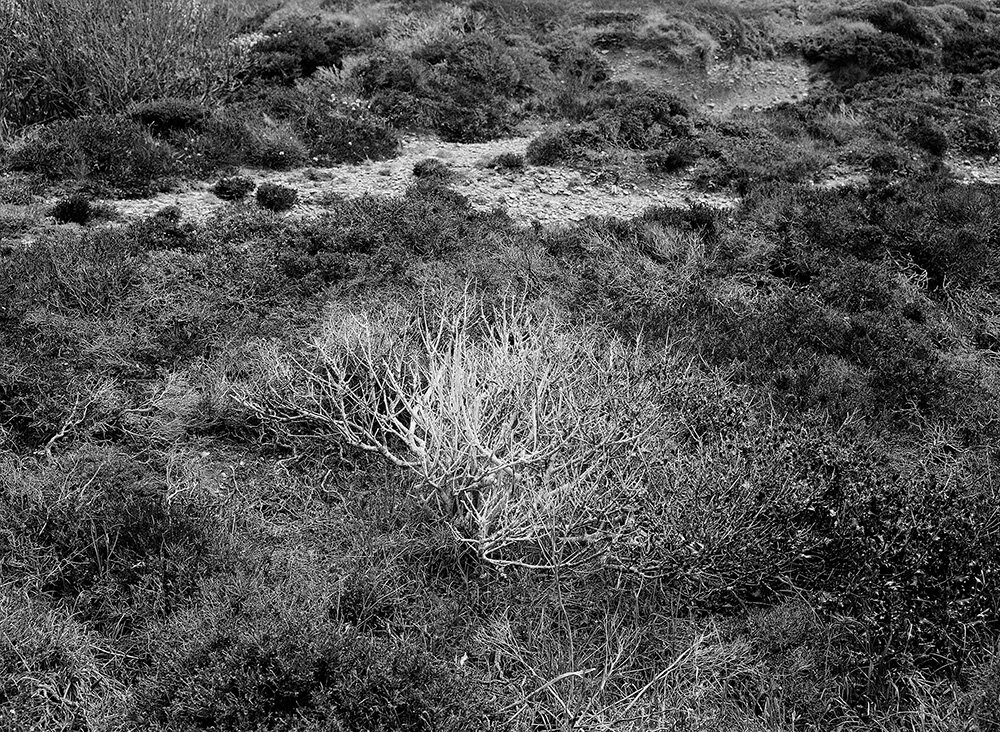
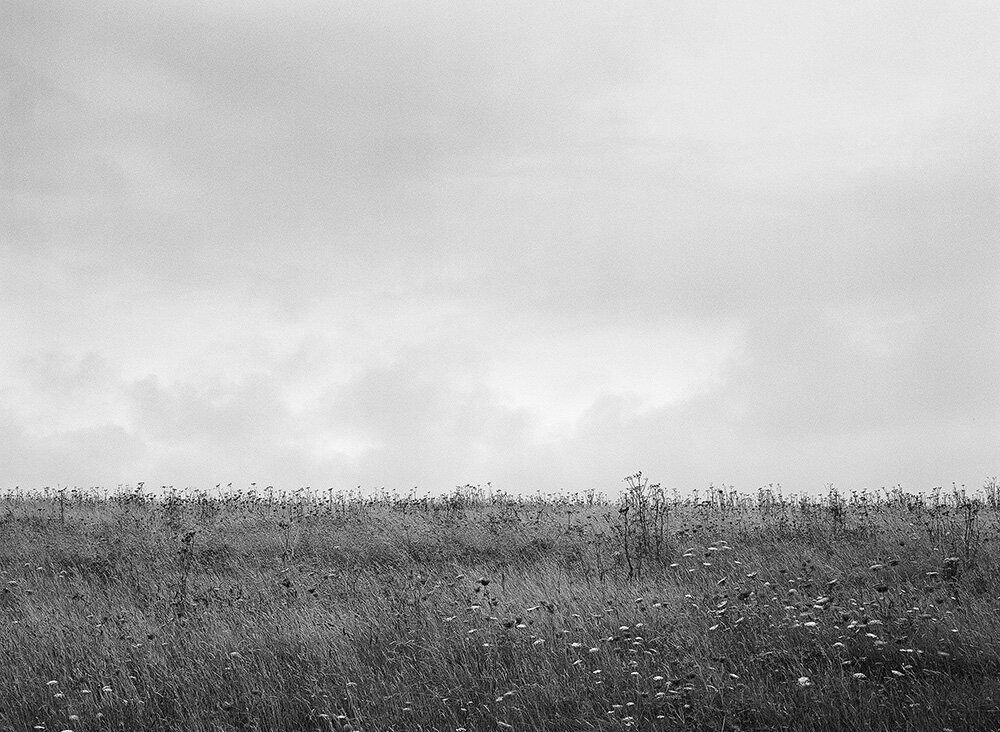
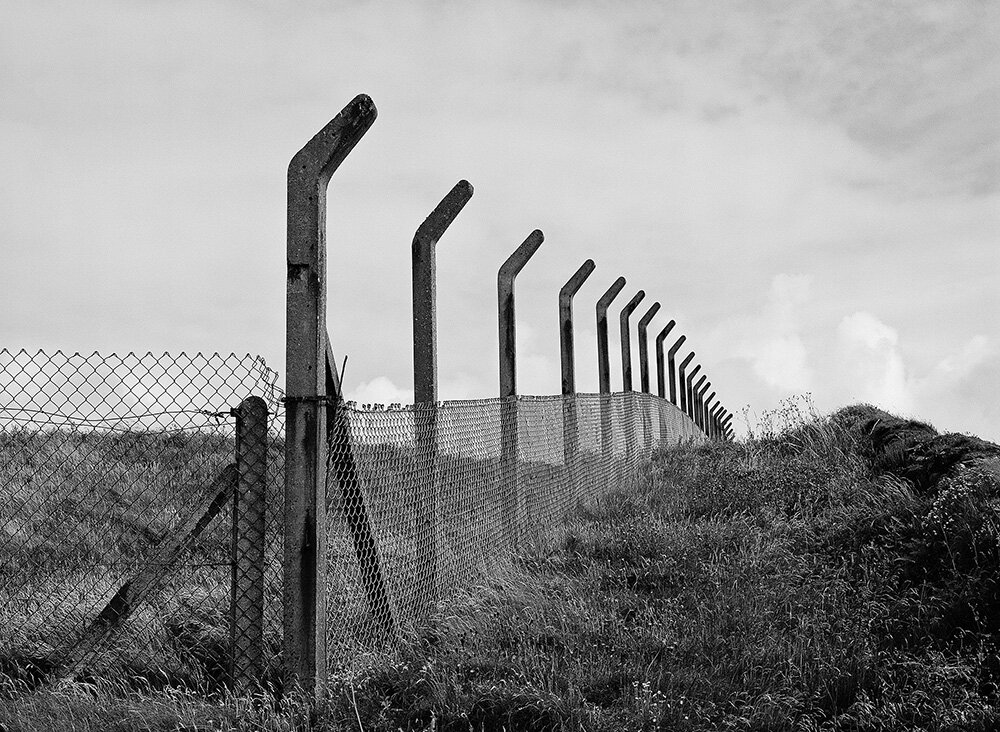
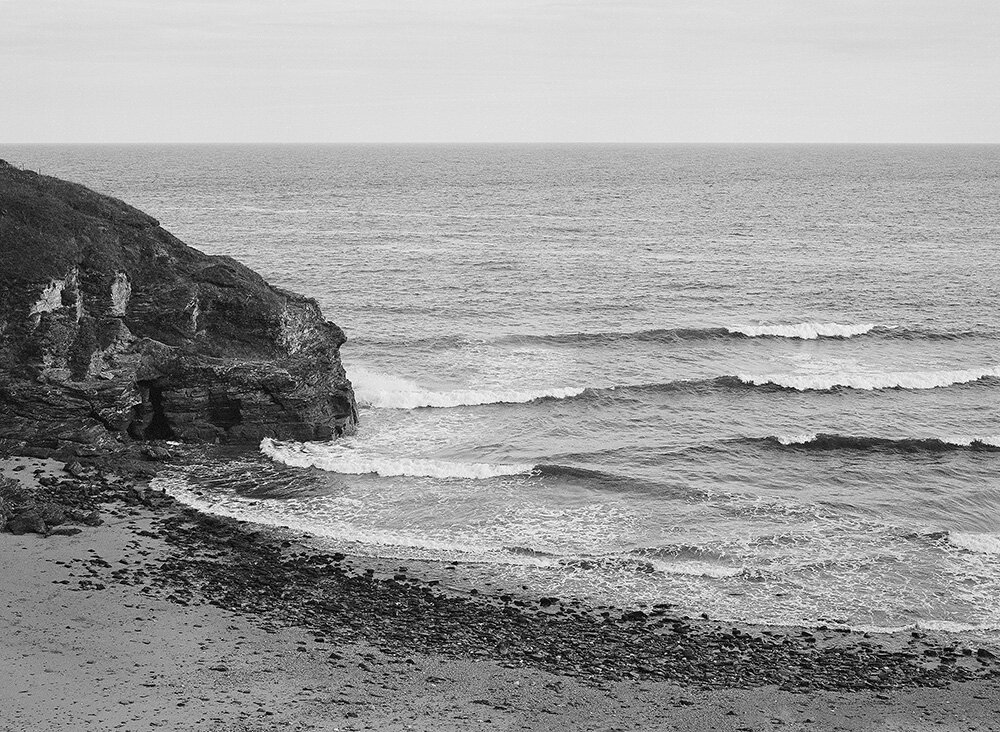
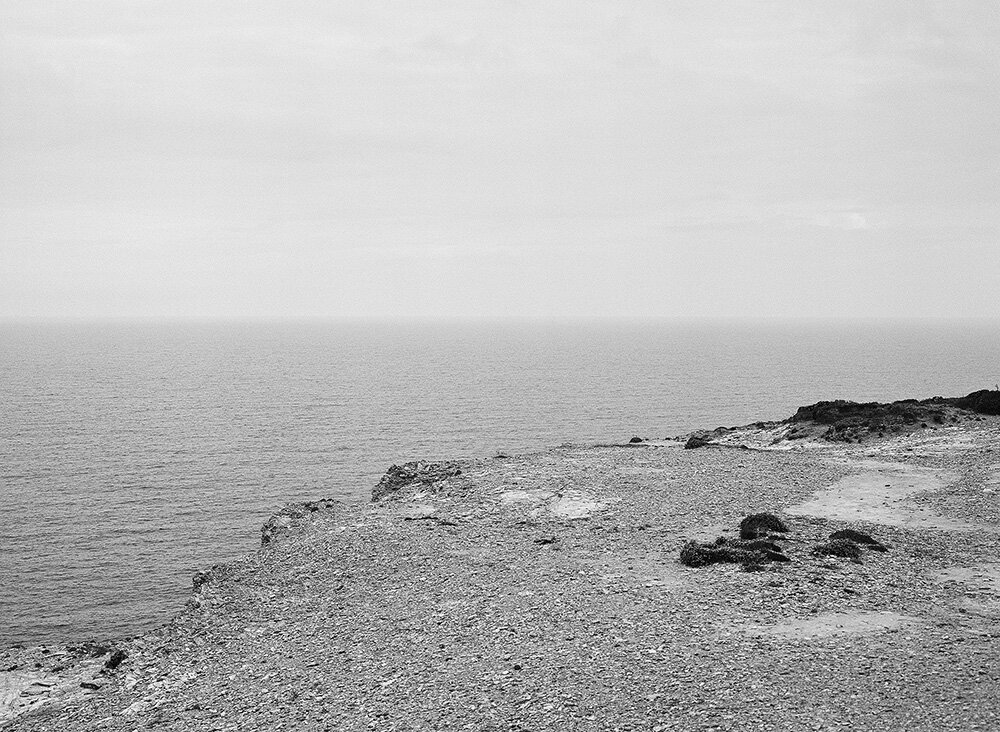
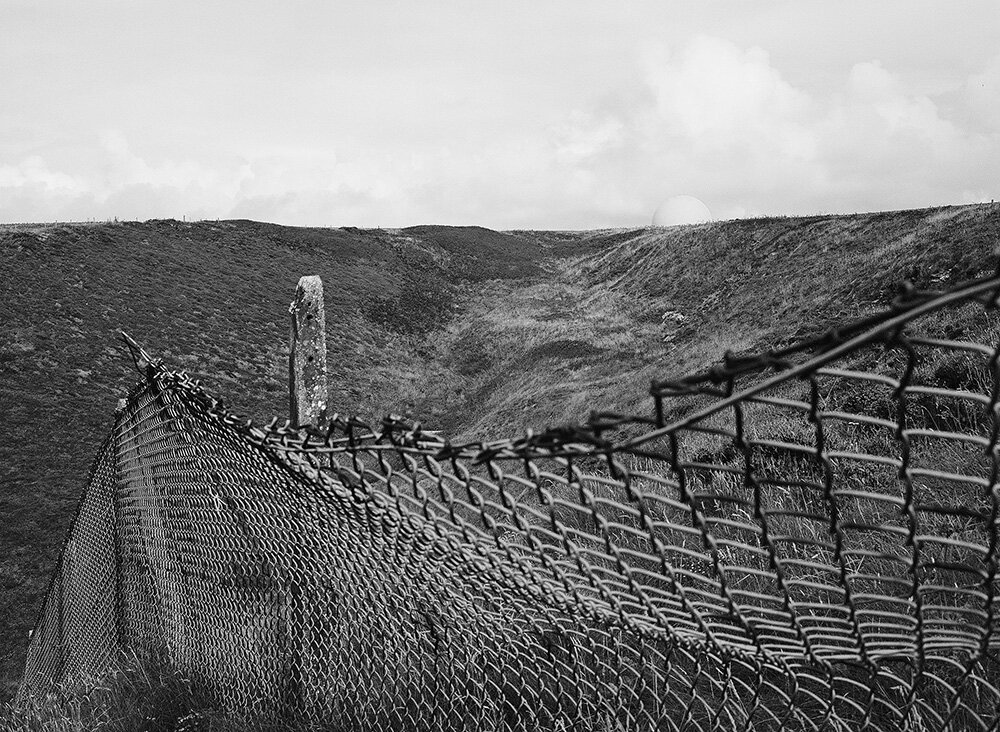
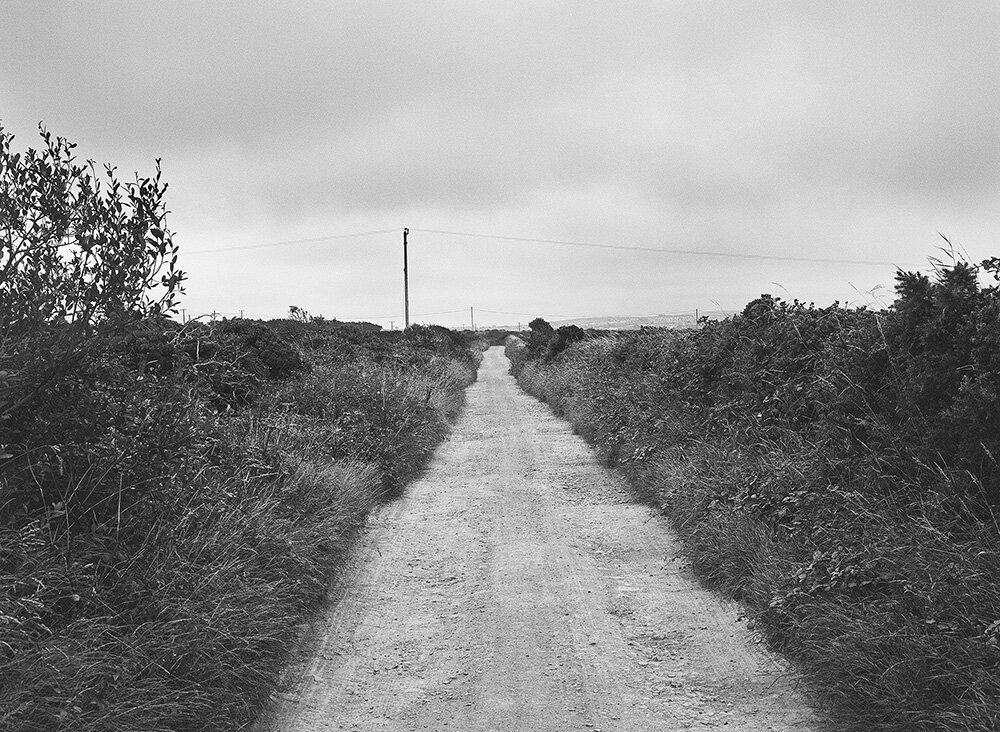
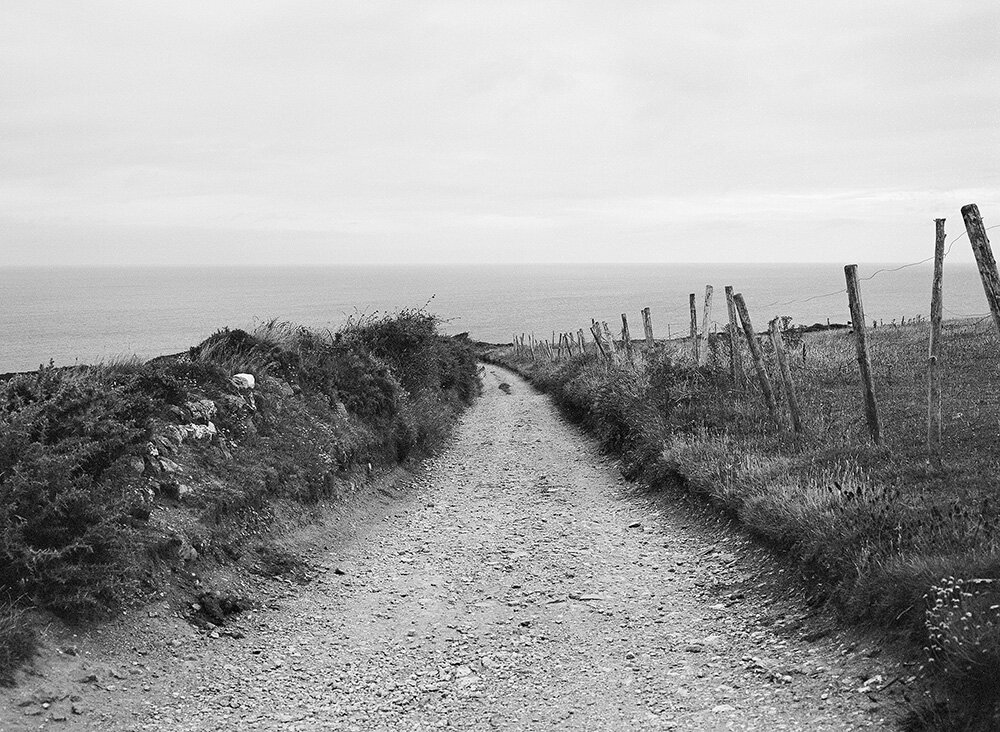
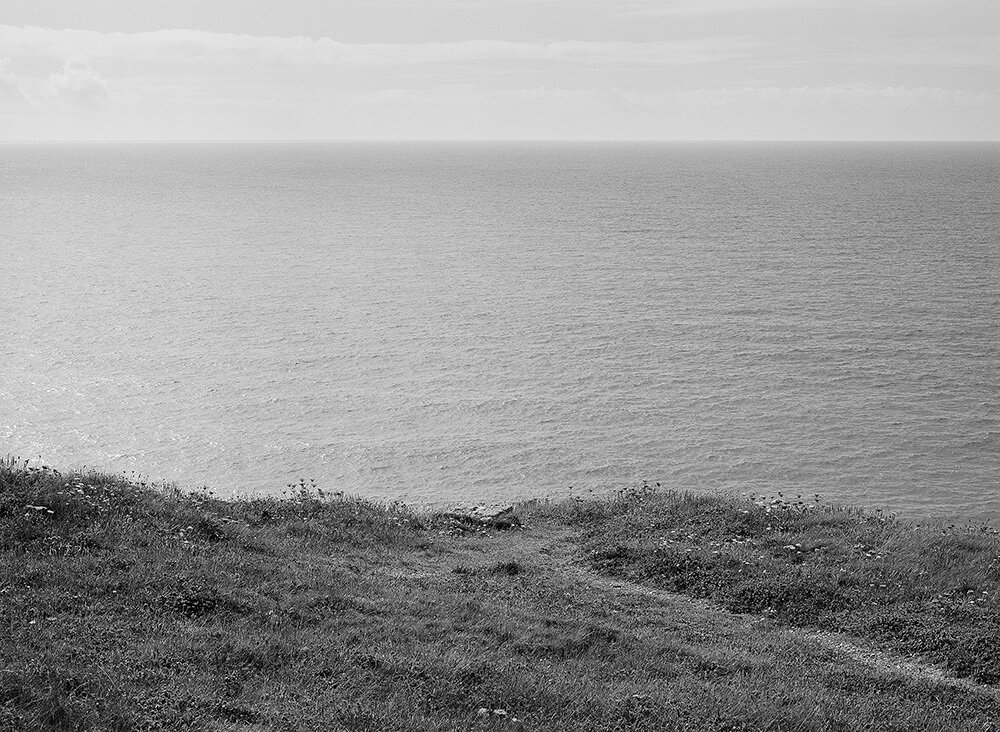
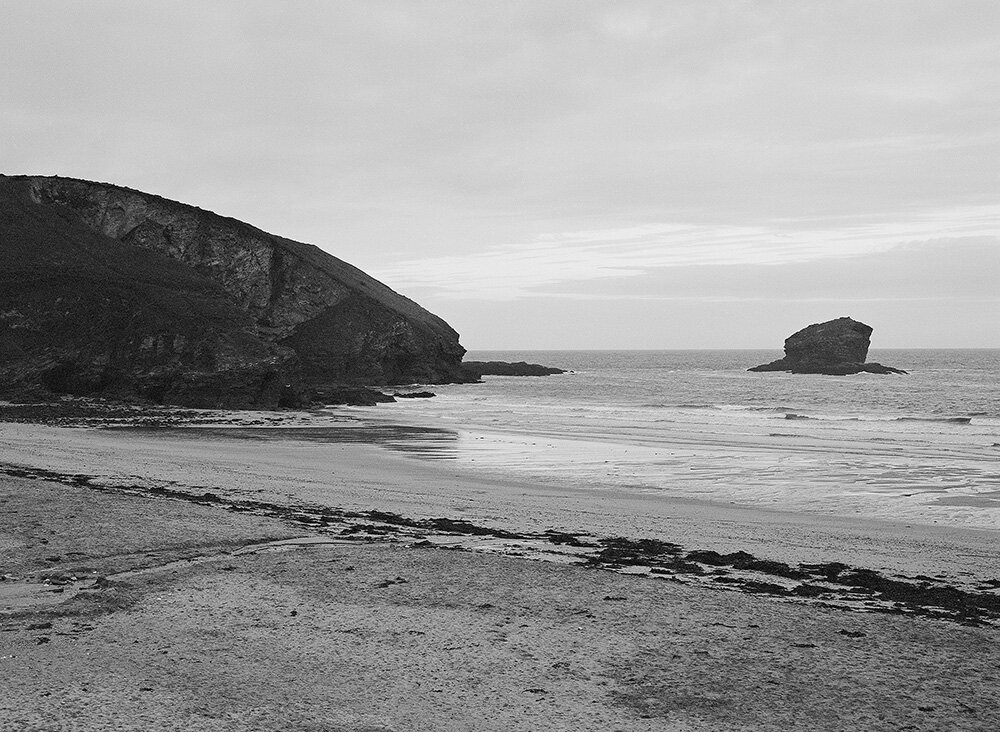

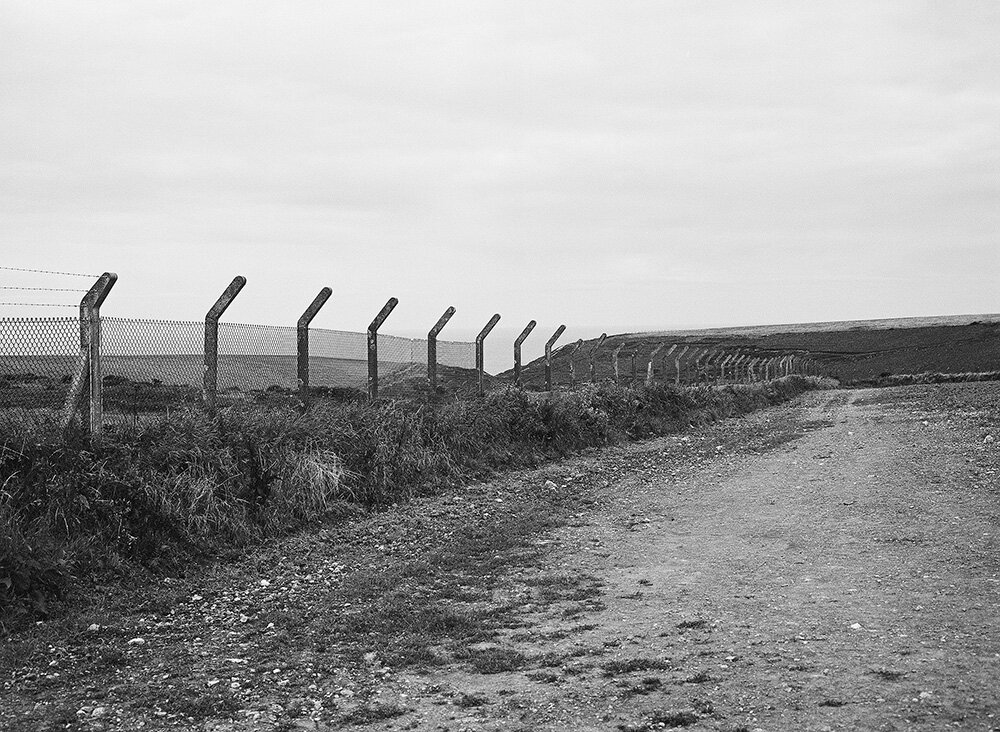
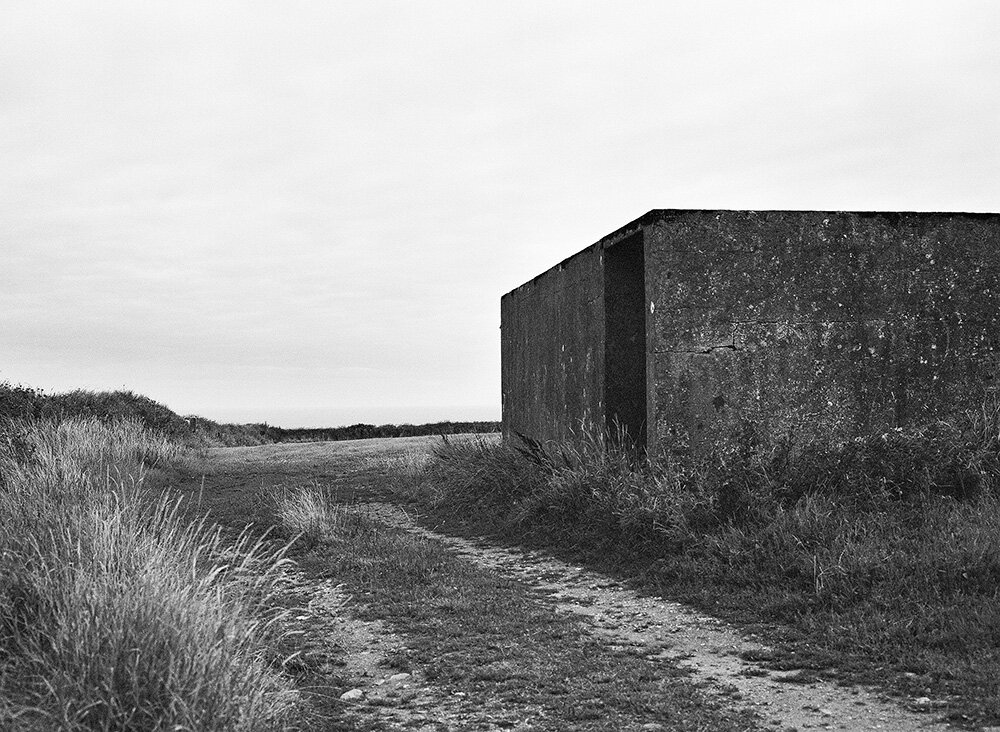
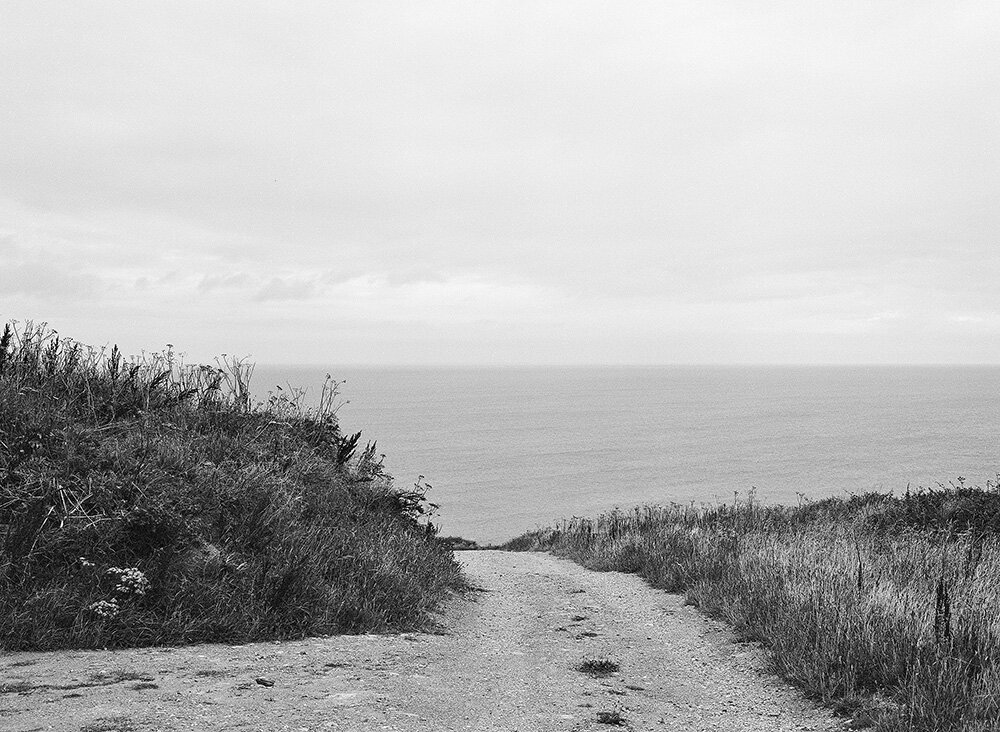
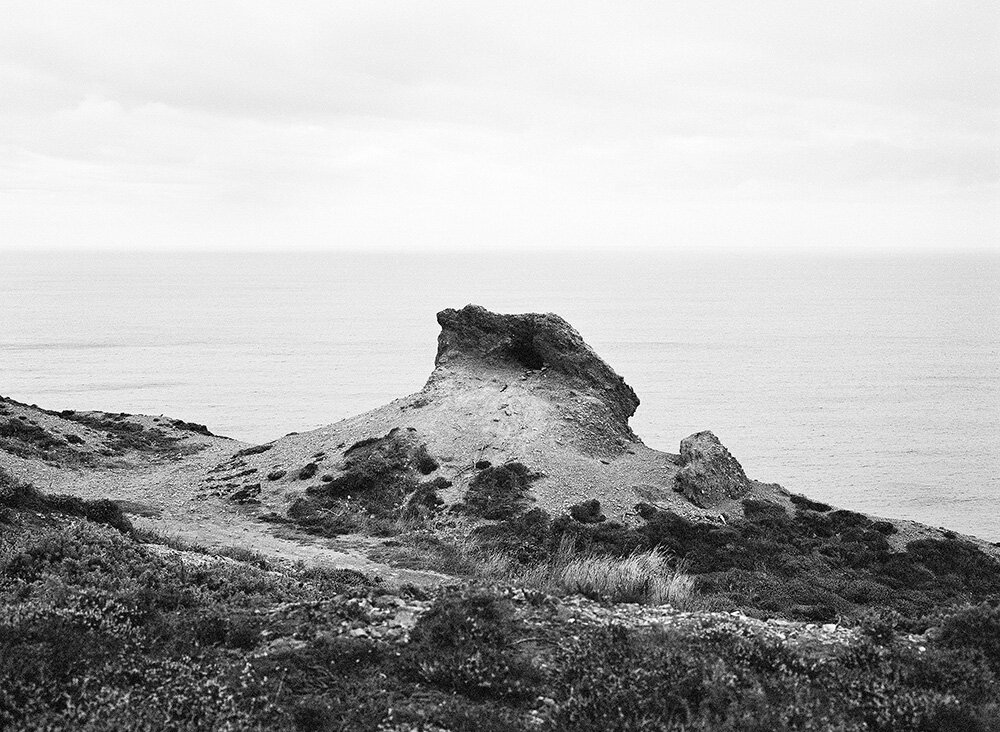
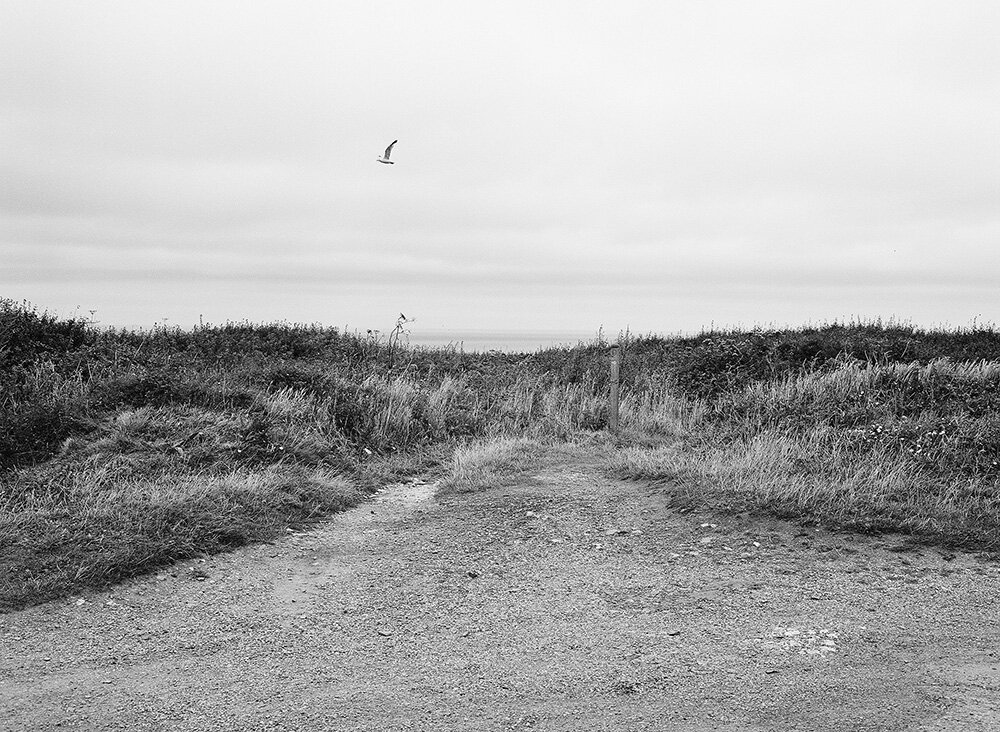
By Michael Crocker:
Nancekuke is situated on an isolated cliff top between the villages of Portreath and Porthtowan on the north coast of Cornwall. With uninterrupted horizons and far-reaching coastal views, it is an alluring and beautiful space to visit.
In the 1950’s, Nancekuke was the home of a British government chemical defence establishment where 20 tonnes of Sarin nerve gas were secretly manufactured. By the 1970’s, the site was cleared, with the toxic manufacturing facility being levelled and then buried on site in disused mine shafts. Today, the site continues to be the operated by the Ministry of Defence and is now known as Remote Radar Head Portreath. With a disturbing history, Nancekuke remains shrouded in relative secrecy.
The project documents Nancekuke and its surrounding area as it is found today. The rugged natural beauty of the coast is juxtaposed with a secretive and sinister past, leaving the informed visitor to contest opposing identities of place. The images offer the viewer conflicting interpretations of place; those of beauty, serenity and nature are challenged by remnants of a sinister past, where a human desire to kill and to harness science for widespread destruction remain ever present within the landscape.
The Nancekuke project records the rugged vistas and the ever-changing seascape of the area, whilst acknowledging it as a place with a destructive and unsettling history when viewed through a contemporary lens.
About the photographer: Michael Crocker’s creative practice is centred around photography of the landscape and the agency that can be formed between place, artist and visual outcome. His work creates a visual response to the phenomenological link between spatial experience and consciousness and is often informed by literary sources recording experiences of place. The notion of what we consider place to be within space is an area of interest within his image making.







